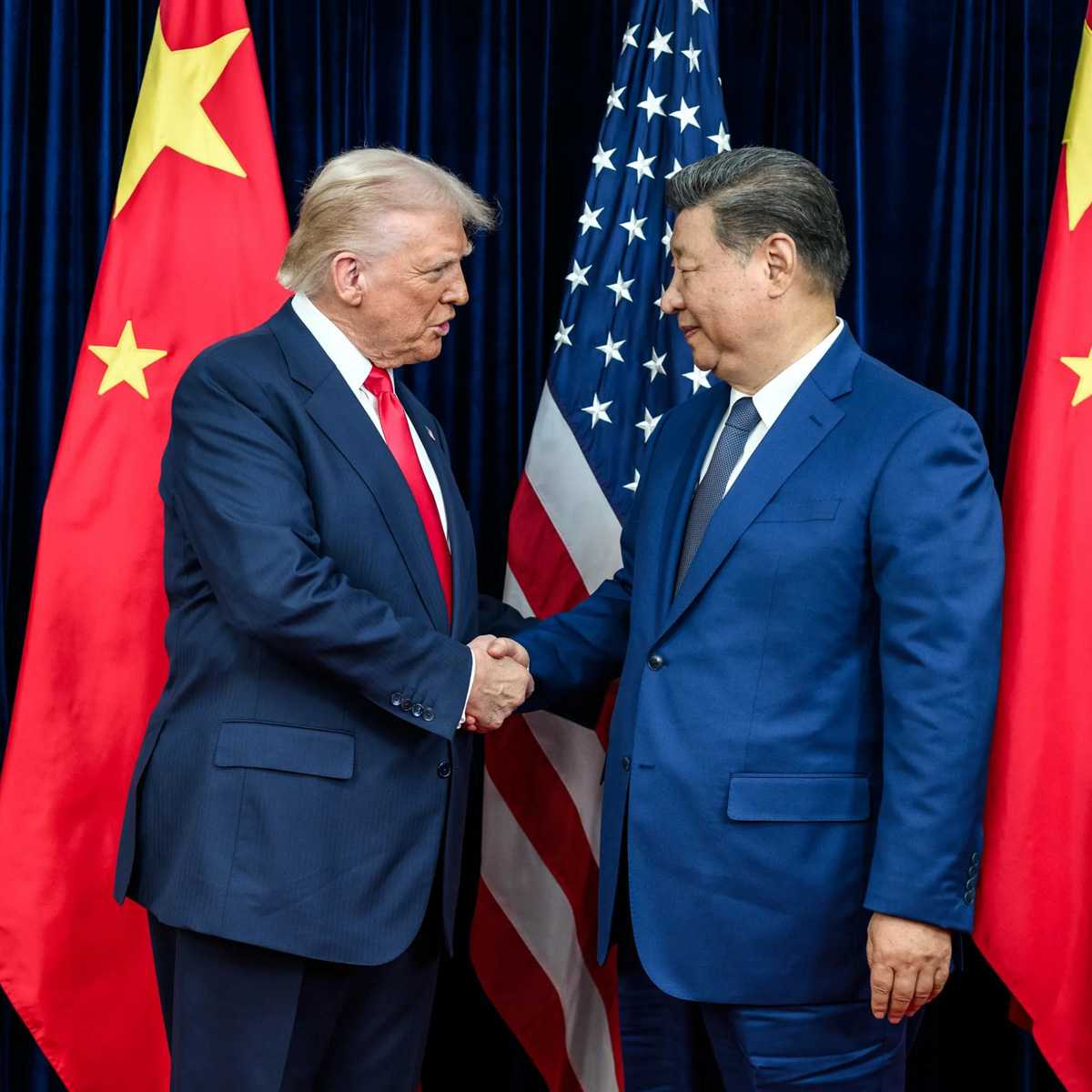

As 2020 comes to a close, APCO’s experts in Asia reveal their regional business predictions for 2021. From China and India to Southeast Asia, the forecasts point to a dynamic new year with global dialogue and market opportunities. Read below for the insights from our James McGregor, Anusha Sharma and James Yi.
China – Jim McGregor:
Heading into 2021, China has the world’s strongest economy and a refocused outlook on the country’s trade and business relations with others. President Xi Jinping is deploying a new “dual circulation” strategy that aims to protect China from what he calls a “protracted conflict” with a hostile world. His goal is to make China less dependent on the outside world—especially export earnings and foreign technology—while making foreign businesses and their home economies more dependent on China. This should result in market opportunities for companies with technologies that China needs—and can study and duplicate. Retailers and consumer goods companies that can help enlarge and accelerate the domestic consumer economy will also have openings. China has learned from the Trump administration’s tariffs and blocking of selected advanced technologies from China. There has been much discussion in recent years whether China is armed with hard power or soft power. China has settled that debate by instead shaping its trade and economic policies to employ its market power. Companies do need to pay close attention to the fact that self-reliance is the ultimate goal of this “dual circulation” strategy.
India – Anusha Sharma
Several global institutes including Morgan Stanley, Nomura and Goldman Sachs are predicting a strong growth for the Indian economy in 2021. The IMF, in its latest World Economic Outlook report, forecasts 8.8% growth rate in 2021. If the projected growth rate is achieved, the country will regain the position as the fastest-growing emerging economy. Strengthening India’s self-reliant strategy, the Indian government is expected to lend support for reviving domestic manufacturing, improving quality of imports and providing support towards infrastructure creation. Businesses have asked for a three-pronged strategy for the annual 2021 Union Budget due in February, centering around the key themes of growth, fiscal consolidation and strengthening the financial sector to help overcome the economic impacts of the COVID-19 pandemic. Overall, business sentiments are likely to improve, and main consumer spending categories will return to positive growth in 2021.
Southeast Asia – James Yi
With announcements that Singapore will host the 2021 WEF and Indonesia the 2022 G20 Summit, Southeast Asia finds itself at the center of many global conversations. For the APCO team here, we have seen a change-filled year focused on strong positions on geopolitical trade, responsible use of technology, digital transformation of all industries and multiplier partnerships. The signing of the Regional Comprehensive Economic Partnership (RCEP) by 10 ASEAN nations is an example, and it signals a potentially significant change to practices governing multilateralism and free trade. Many multinationals as well as governments are asking whether this move will disproportionately strengthen China’s dominance in the region, specifically in its boost of trilateral trade with Japan and South Korea. Furthermore, as all nations continue to build toward economic recovery, we are supporting discussions on how this should be done in a way that prioritizes healthcare reform, climate action and social impact.
Related Articles
Benefits of a Centralized Global Government Relations Function
November 21, 2025
Negotiating Power: China’s Approach to U.S. Relations Under Trump 2.0
November 11, 2025


